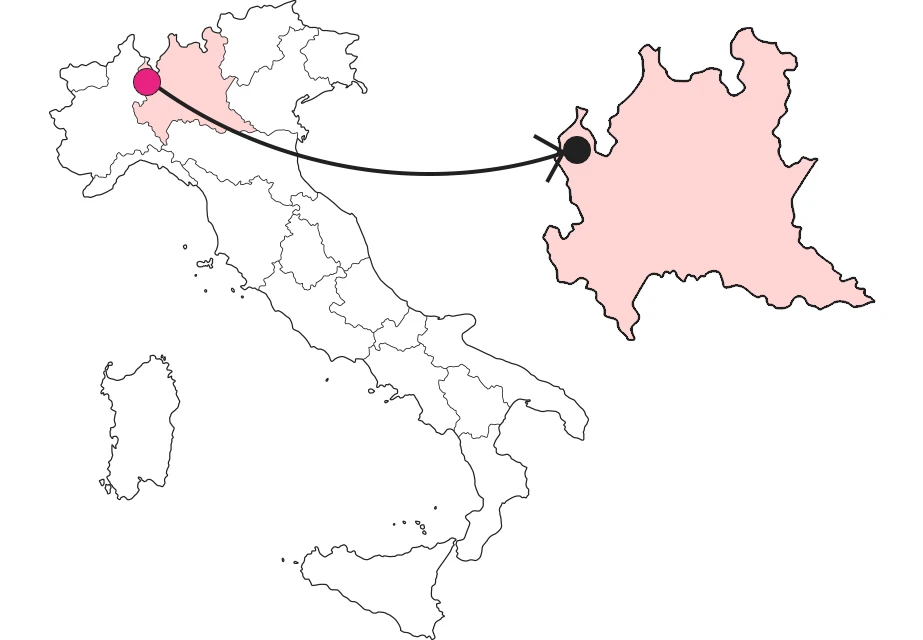SHARRYLAND


Parish Church of St. Appian
The history of a Valcuvia community told by the stones and art of St. Appiano



Where is

What it is and where it is
The church of Sant'Appiano stands on a spur of rock originally deputed for the defense of Castello Cabiaglio, a small village surrounded by beech and chestnut forests at the gateway to the Valcuvia valley. Dedicated to the village's patron saint, the church boasts a history that dates back to the 13th century and continued, through various structural modifications, until the early 20th century. Many distinguished patrons and artists have contributed to enriching St. Appian's with new architectural elements and ornaments, leaving behind a special artistic treasure.
Why it is special
What makes Sant'Appiano special is first of all its privileged position in relation to the village of Cabiaglio, a faithful witness of past centuries thanks to the permanence of the inner courtyards with porticoes and loggias, stone portals, and churches with frescoes created in beautiful style. The church, as well as the village itself, is the fruit of the work of a deeply united community eager to bring renewal and beauty to its village. Inside, visitors can admire the fine decorations made under the guidance of the Varese painter Gio Batta Ronchelli: the frescoes and stucco work by local craftsmen are an important testimony to 18th-century artistic taste in the Varese area.
Not to be missed
The church houses a prestigious Carrera organ, made in the years 1834/35 by Girolamo Carrera, an exponent of one of the best-known organ-building families of 19th-century Lombardy. Inactive for at least fifty years, the instrument has recently been restored for the benefit of all who wish to listen to concerts and take part in special musical events.
A bit of history
Sant'Appiano boasts a very ancient history; in fact, it can already be found mentioned in a 13th-century writing about the diocese of Milan. Over the years the church was expanded to meet the demographic needs of the village, involving local craftsmen and patrons. What remains of the original structure has been incorporated into later constructions, but the attentive eye will be able to catch some small details related to the centuries-long history of the building. A small curiosity concerns the bell tower, which is believed to be the evolution of the observation and communication tower of the earliest times of Castello Cabiaglio.
Enter the Map of Italy's Undiscovered Wonders and find treasures where you least expect it... Inspire, Recommend, Share...
The Map thanks:
Enter the Map of Italy's Undiscovered Wonders and find treasures where you least expect it... Inspire, Recommend, Share...
Where is


